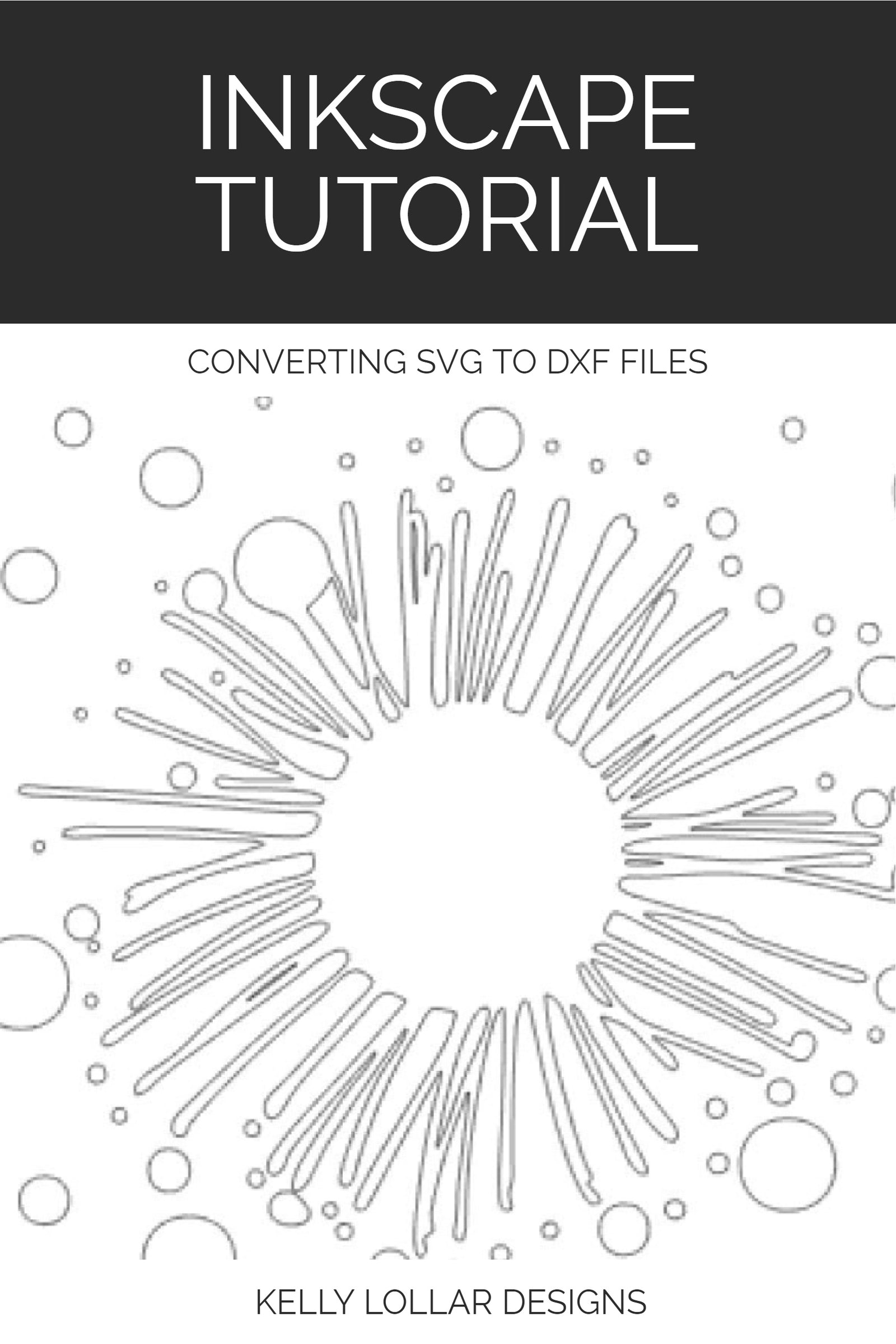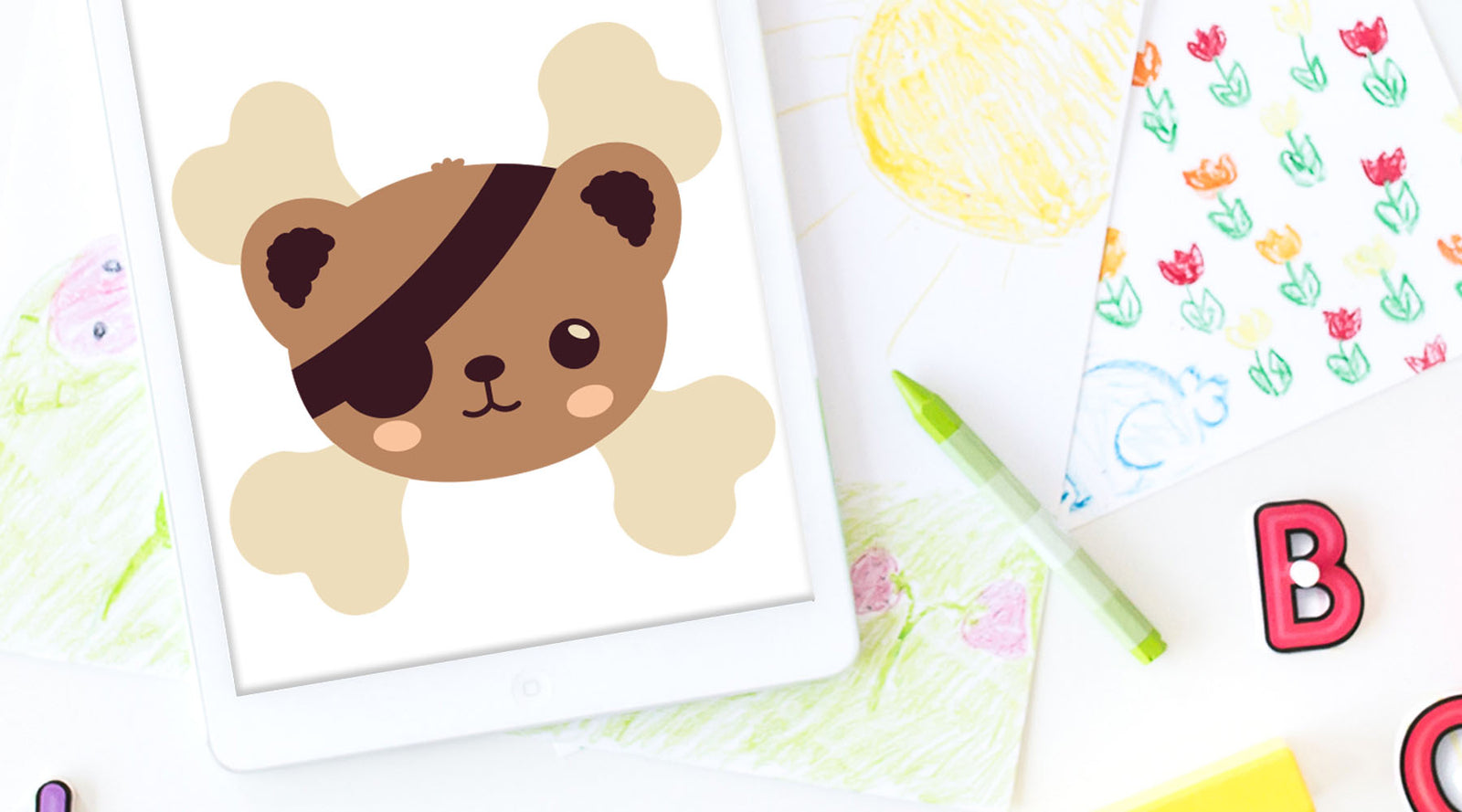Have you ever found a great free file or a beautiful design on Etsy only to be disappointed that it doesn't come in .dxf format?
What if I told you with a couple clicks you can make those files usable without upgrading your software? It really is that easy and I'll show you how.
First up, you will need to download a copy of Inkscape. It's a free program similar to Adobe Illustrator. You can find links and a walk-through here.
Now that that's done, open the svg you would like to convert. You can drag it from the file folder window straight into Inkscape to open it faster.

The key to making a dxf work is to make sure that nothing is connected - no grouping or compound paths. For more on that, see the DXF files post.
STEP ONE - UNGROUP
Click on Object in the top menu and select Ungroup in the drop down menu.

STEP TWO - RELEASE COMPOUND PATHS
Click on Path in the top menu and select Break Apart in the drop down menu.

When a group of objects are welded together in Silhouette Studio they are called compound paths.
A compound path tells the software what parts of the design to cut together and keeps them from being moved out of place. The term Inkscape uses for compound path is "break apart."
Now your image will look something like this:

If you compare the before and after you'll see that there are a bunch of extra boxes on the main part of the flower now. Those used to be blank spots in the middle of the design.
The same thing happens with text. You know you're on the right track if you see something like this:

STEP THREE - SAVE AS DXF
Click on File and Save As in the drop down menu:

Click the drop down next to Save as Type in the window that pops up and select Desktop Cutting Plotter (AutoCAD DXF R14)(*.dxf) about half-way down.
Now's the time to change your file name if you want to, then click Save.

A new pop up will appear:


I un-check both of the top boxes. They're settings for AutoCAD software so they won't really effect the files for Silhouette Studio.
You can set Base Unit to whatever you're comfortable with - inches or pixels are usually the best choices. Don't stress about it though. Chances are you'll be resizing it when you open it later.
That's it. You're all done and ready to go!
This is what the new dxf looks like opened in Silhouette Studio - easy peasy. Now it's your turn!
Note: If the file still won't open in Silhouette properly, try using the "Break Apart" function in Inkscape again in case the compound paths did not break completely.
Happy crafting!





